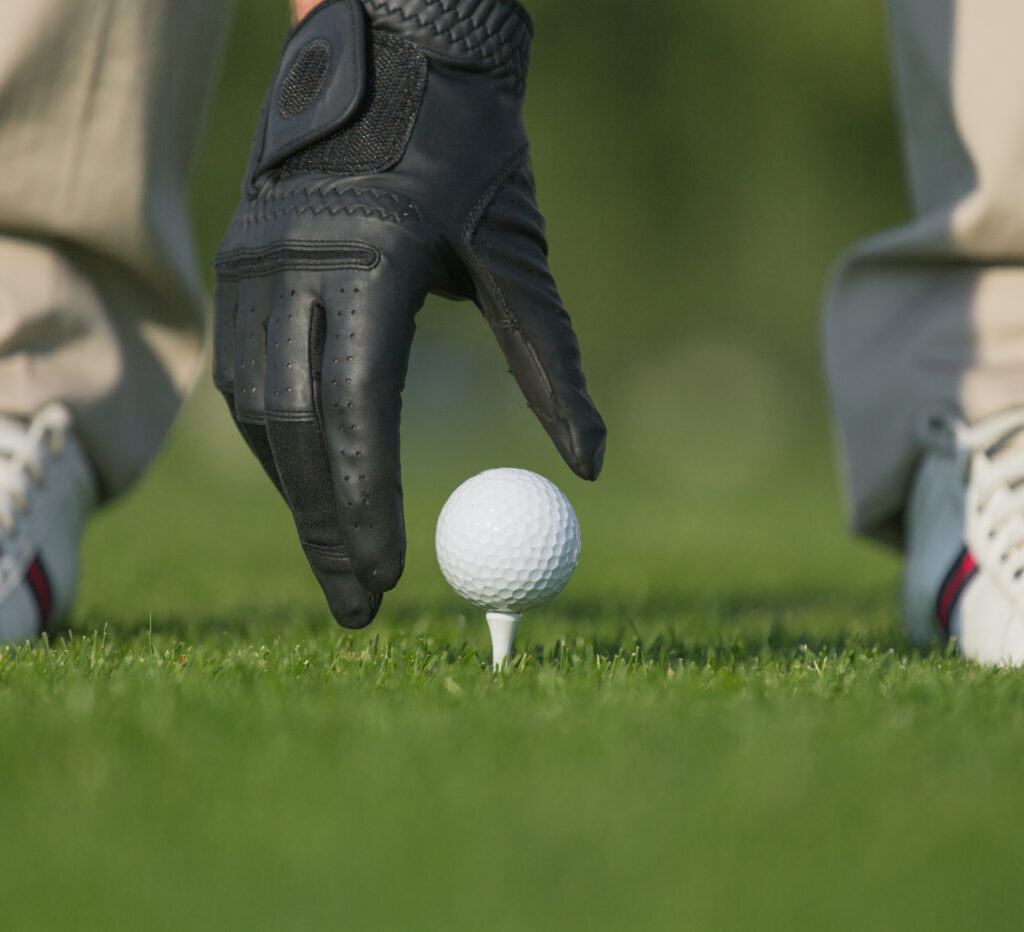
According to NiftyGolf, the most popular golf ball brand among top golfers is Titleist with over 66% of them using this brand’s golf balls. Titleist’s most popular model is the Pro V1, which is chosen by 62% of Titleist users. After that, Pro V1x is quite popular too.
The pursuit of excellence is an ongoing journey in the world of professional golf. Even the smallest advantage can make a significant difference. Among the numerous decisions that PGA Tour pros must make, one vital aspect often flies under the radar. This aspect is their choice of the golf ball.
| Player | Golf ball brand |
| Scottie Scheffler | Titleist Pro V1 |
| Rory Mcllroy | TaylorMade TP5x |
| Jon Rahm | Callaway Chrome Soft X |
| Patrick Cantlay | Titleist Pro V1x |
| Viktor Hovland | Titleist Pro V1 |
The key factors for a Pro choosing the ball of choice
A golf ball is not just a white little dimpled ball but harbors a complex array of technique that affects trajectory, distance, flight and spin. Ultimately selecting the right golf ball can be the key to unlocking a golfer’s true potential.
Swing Dynamics
Sponsorship
Each player has unique swing dynamics. Their swing speed, angle of attack, launch angle, etc. are different. That calls for a ball that complements their individual style. PGA Tour pros often go through fittings to match the ball with their swing characteristics, maximizing their potential on the course. Golfers even give their feedback to manufacturers to make the golf suitable for their game.
Professional golfers often have sponsorship deals with golf ball manufacturers. While player preferences are paramount, sponsorship agreements can also influence their choices. Golf ball manufacturers collaborate with pros, using their feedback to develop specialized balls that meet their precise requirements.
Ball compression technique
While the choice of compression can vary from player to player, PGA Tour pros typically opt-in for mid-to-high compression golf balls. This choice allows professionals to optimize their performance on the course and capitalize on their exceptional swing speeds. It is because mid-to-high compression golf balls are designed to be firmer and require faster swing speeds to fully compress.
Mid-to-high compressed golf balls provide more distance for players with higher swing speeds. Moreover, these golf balls allow pros to control the ball’s trajectory and shape shots precisely. This eventually helps them to navigate challenging course layouts and gives a significant advantage to professionals during tournament play.

Ball Multi-layer construction
Control with urethane-covered balls
PGA Tour pros prefer golf balls with multi-layer construction. These balls typically have a 3-piece or 4-piece construction, and occasionally, a 5-piece construction. For example, Pro V1, the most used golf ball on PGA, has 3-piece construction. Pro V1x has 4 layers. At the same time, TaylorMade TP5 and TP5x balls, which have 5 layers, are also used by PGA pros.
Tour pros use multi-layer golf balls because of the versatility. The layers in these balls provide increased spin control, especially on approach shots. This very ability helps in hitting more accurate shots. It also aids in stopping the balls easily around the green. That makes it the preferred choice for PGA Tour pros seeking to excel at the highest level of professional golf.
PGA Tour pros prioritize control over their shots, especially when attempting short-game shots. Urethane-covered golf balls excel in this aspect by promoting higher spin rates, allowing golfers to impart greater backspin on the ball. This increased spin helps the ball stop quickly on the greens, enabling precise shot-making and better control over the ball’s trajectory.
The soft feel of urethane-covered golf balls is also highly appreciated. When struck, these balls provide responsive feedback to the players. It allows them to gauge the quality of their shots accurately. This enhanced feel contributes to improved shot consistency and helps pros fine-tune their performance during practice and competition.

Afterthoughts for you when choosing a ball
Experiment
Feel
Pain
When playing the big course try out different types of golf balls and discover what feels good for you right of the club.
Make sure you a consistent swing. If your swing is not consistent you will have difficulty noticing the difference.
The average price for a Titleist Pro V1 is between 4 to 5 dollars per ball. If you lose 5 balls per 18 holes or more than your round turns into a costly one.
The ball does matter
The choice of golf ball is a critical decision for PGA Tour pros and might be for your as well. A hard or soft golf ball can directly impact performance on the course. For professional golfers, factors like construction, compression, player preferences, and sponsorship all play a role the ball they choose to play.
Distance or accuracy
Golfers balance distance and control by selecting a ball that suits their swing speed, launch angle and offers the desired level of spin. Urethane-covered, 3-piece golf balls offer higher greenside control to fast swingers. Comparatively low compression balls help gain distance. Choosing a ball somewhere in between, keeping different swing styles in mind, offers balance.
Ain’t no sunshine when she’s gone
Weather conditions like temperature and humidity can influence how a golf ball performs on the course. For example, low compression golf balls offer better distance in winter. In comparison, high compression balls offer increased control in summer. Moreover, the ball travels different distances depending on the density of air.
Final conclusions
While using the same golf ball as the PGA Tour pros may seem enticing. It is crucial to acknowledge that their exceptional skill level contributes significantly to the advantages they derive from their chosen balls.
For amateur/beginner golfers, many other different factors like slower swing speed, lower or higher ball flight, accuracy around the green, alignment aid etc. need to be considered to find a golf ball that complements their abilities and enhances their confidence during play.
written by Emily Clark – Niftygolf.com | edited by Robbie – therookiegolfer.com

